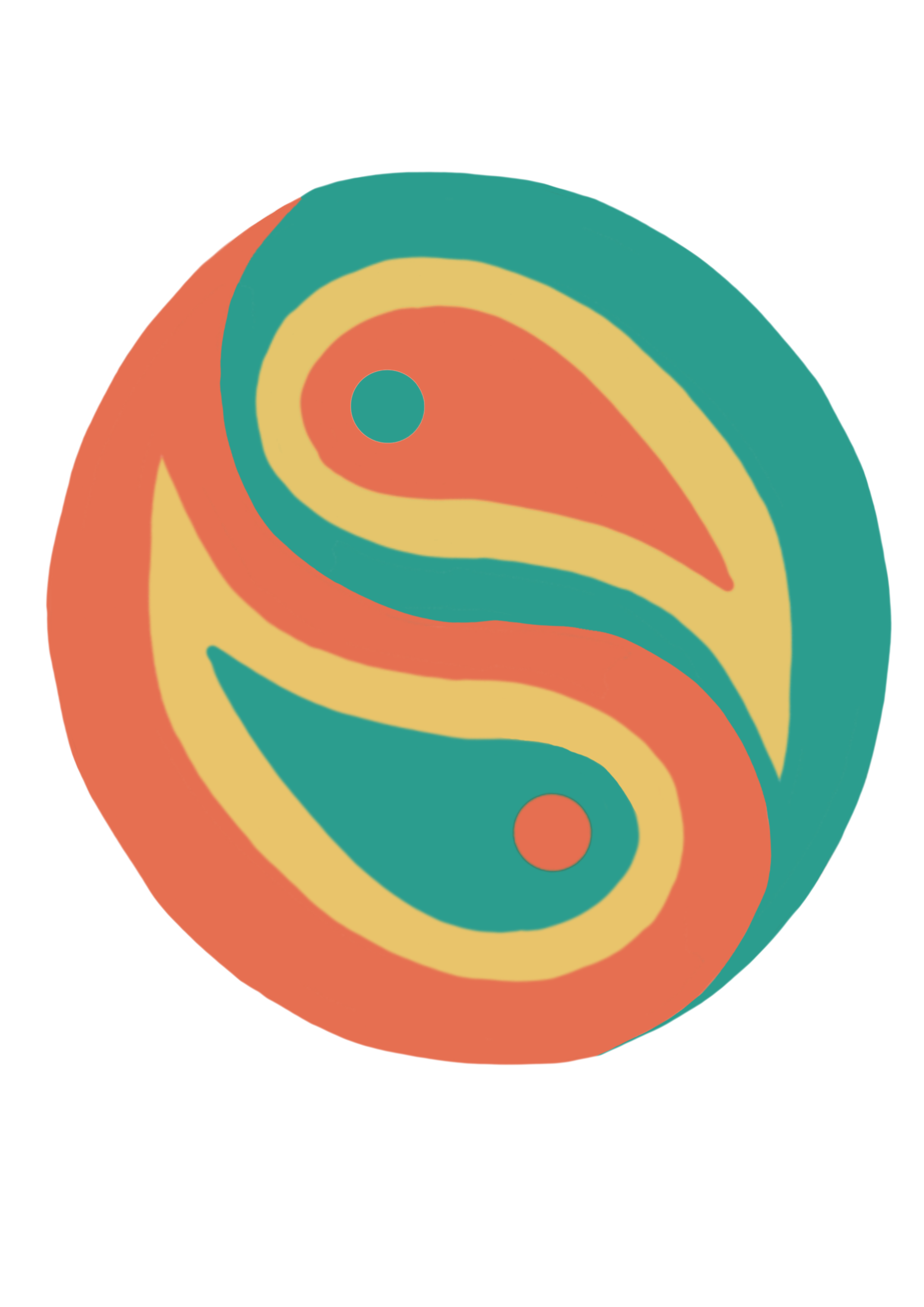Chinese Medicine Acupuncture
Acupuncture is a core modality of traditional Chinese medicine (TCM), with a history spanning over 2,000 years. This therapeutic approach involves the precise insertion of fine needles into specific points on the body to regulate energy flow, or "Qi," within meridian pathways. Acupuncture is rooted in the TCM principle that health is achieved by maintaining a balanced flow of Qi, and disruptions in this flow can contribute to illness and discomfort. By restoring balance, acupuncture can effectively support a wide range of health concerns.
Therapeutic Benefits
Research has shown that acupuncture may offer significant benefits, such as:
Pain Relief: Acupuncture stimulates the body’s natural pain-relief mechanisms, including endorphin release, making it highly effective for managing chronic and acute pain.
Improved Circulation and Tissue Healing: Acupuncture promotes blood flow to affected areas, supporting healing and reducing inflammation.
Enhanced Nervous System Function: By influencing the nervous system, acupuncture can help alleviate stress, anxiety, and symptoms related to neurological and musculoskeletal conditions.
Support for Digestive and Immune Health: Acupuncture may aid in managing digestive disorders and boost immune response, fostering resilience and overall wellness.
Moxibustion is a traditional Chinese medical technique that involves the controlled application of heat to acupuncture points or specific areas on the body using the herb Artemisia argyi, commonly known as mugwort. This therapy aims to stimulate circulation, enhance immune response, and alleviate symptoms associated with various health conditions. Moxibustion is often used as a complementary therapy to acupuncture, providing a synergistic effect that promotes healing and restores physiological balance.
Therapeutic Benefits
Moxibustion is associated with several therapeutic outcomes, including:
Pain Relief and Muscle Relaxation: By increasing blood flow to targeted areas, moxibustion can alleviate musculoskeletal discomfort, including joint pain and stiffness.
Enhanced Circulatory Health: The thermal effect promotes vasodilation, which supports efficient circulation and nutrient delivery to tissues.
Immune Modulation: Studies suggest that moxibustion may stimulate immune cells, supporting overall resilience.
Support for Digestive Health: Often applied to support the digestive system, moxibustion may benefit conditions such as chronic digestive issues and abdominal discomfort.
Moxibustion therapy
Cupping is a traditional Chinese therapy that uses suction to increase circulation, release muscle tension, and support healing. Cups are applied to the skin, creating a gentle vacuum that draws blood flow to the targeted area, promoting relief and recovery.
Therapeutic Benefits
Cupping therapy has been shown to provide several potential health benefits, including:
Pain Relief and Muscle Relaxation: By drawing blood flow to tense areas, cupping can relieve deep-seated muscle tension, stiffness, and joint pain.
Improved Circulation and Detoxification: The suction effect encourages blood flow and lymphatic drainage, supporting the body’s natural detoxification process.
Reduced Inflammation: Cupping can help reduce inflammation and may benefit conditions such as tendonitis and other inflammatory concerns.
Enhanced Recovery: Cupping is commonly used by athletes to speed recovery from physical exertion and to reduce soreness and fatigue.
Cupping therapy
What to expect…
Acupuncture is most effective when done as a series of consistent treatments. Our goal is to see steady improvement in your primary concern with each session. If we space out appointments too far, symptoms may worsen, potentially setting back progress by extending the treatment interval too long. To keep your progress on track, I recommend seeing you once or twice a week for the first twelve sessions.
After the sixth session, we'll review your symptoms and adjust the treatment frequency as needed—either continuing weekly or twice-weekly or extending to biweekly as progress allows. Over time, as you continue to improve, we'll gradually reduce the frequency until you reach a maintenance schedule.
Due to the persistent nature of chronic or complex cases, it may take longer to respond. While many clients notice some improvement from the first session, I recommend committing to at least six treatments to see significant, lasting changes.




